Arctic
Arctic Operations
What do heavy gloves, days without sunlight and reindeer have in common? They slow down seismic acquisition.
Bitter operating conditions (snow, ice, wind, and extreme cold), limited visibility, and wildlife are just a few of the challenges that threaten the success of Arctic seismic acquisition. Most of these ‘winter wonderlands’ are also protected by strict environmental and government regulations that deliver hefty penalties and fines to violators. And if that’s not enough, the (often) remote locations pose colossal logistics issues for getting crews and equipment in and out safely within a short acquisition season.
Suffice it to say, Arctic seismic acquisition is not for the faint of heart. Crews have to be diligent, meticulous and agile to complete their survey before the season is over, or run the risk of waiting a full year before returning.
View ProductsDid you know
Vib technicians can be protected from the cold by winterizing the AHV-IV, an option that offers fully-enclosed housing complete with an internal lighting system over the mechanical components.
You never have to remove your gloves to disconnect or connect cables to the ground electronics of a G3i HD system. The oversized connectors were specially designed by engineers who previously worked on crews in the Canadian winter season.
The legend of the old Aram (now part of INOVA) freezer tests are true. All of our system components are tested at sub-zero temperatures to ensure electronics and LED indicators can withstand the extreme cold.
Products Built to Survive.
In sub-zero degree temperature with low visibility, fooling around with small cable connectors, troubleshooting ground electronics, or repairing vibrators are the last things anyone on the crew wants to do. Arctic operations require precision and swiftness so crew members aren’t exposed for prolonged periods in the cold.
Small Footprint
In Canada, strict regulations limit the width of cut lines through forests, and vehicle emissions must be minimized. Maneuverability and environmental footprint of vibrators are key considerations. More than 15 UniVibs (now UV2)have been used in the Alberta region of Calgary to acquire seismic data before spring break up.
Winter Ready
On the North Slope in Alaska, you’ll need to ensure the vibrators are well protected and that hoses and/or fluid leaks can be contained. You’ll also want to consider using tracks to provide better traction on the ice. The AHV-IV Commander provides all of these options and even has a special ‘belly pan’ that catches fluids so you can avoid potential environmental contamination or damage.
Rugged and Reliable
Siberian temperatures below -50°C require acquisition systems that have low power consumption and are highly reliable so crews don’t have to spend a lot of time troubleshooting and changing batteries. G3i HD provides weatherized ground electronics, LED indicators to quickly identify equipment issues, and power management features to allow stations to run for up to 3 days without battery changes.
Producing Useable Force
Vibroseis operations in Arctic conditions can cause weak source signal due to poor coupling and energy loss at the surface on account of ice, a relatively inelastic media. Even with a rubber pad covering the baseplate, generating usable fundamental force fast enough for broadband surveys can be difficult without a very rigid baseplate and excellent vib control. The combination of Vib Pro HD and INOVA vibrator sgives the highest possible frequency bandwidth and greatest fundamental force if broadband imaging is your goal.
Featured Products
Sales + Rentals
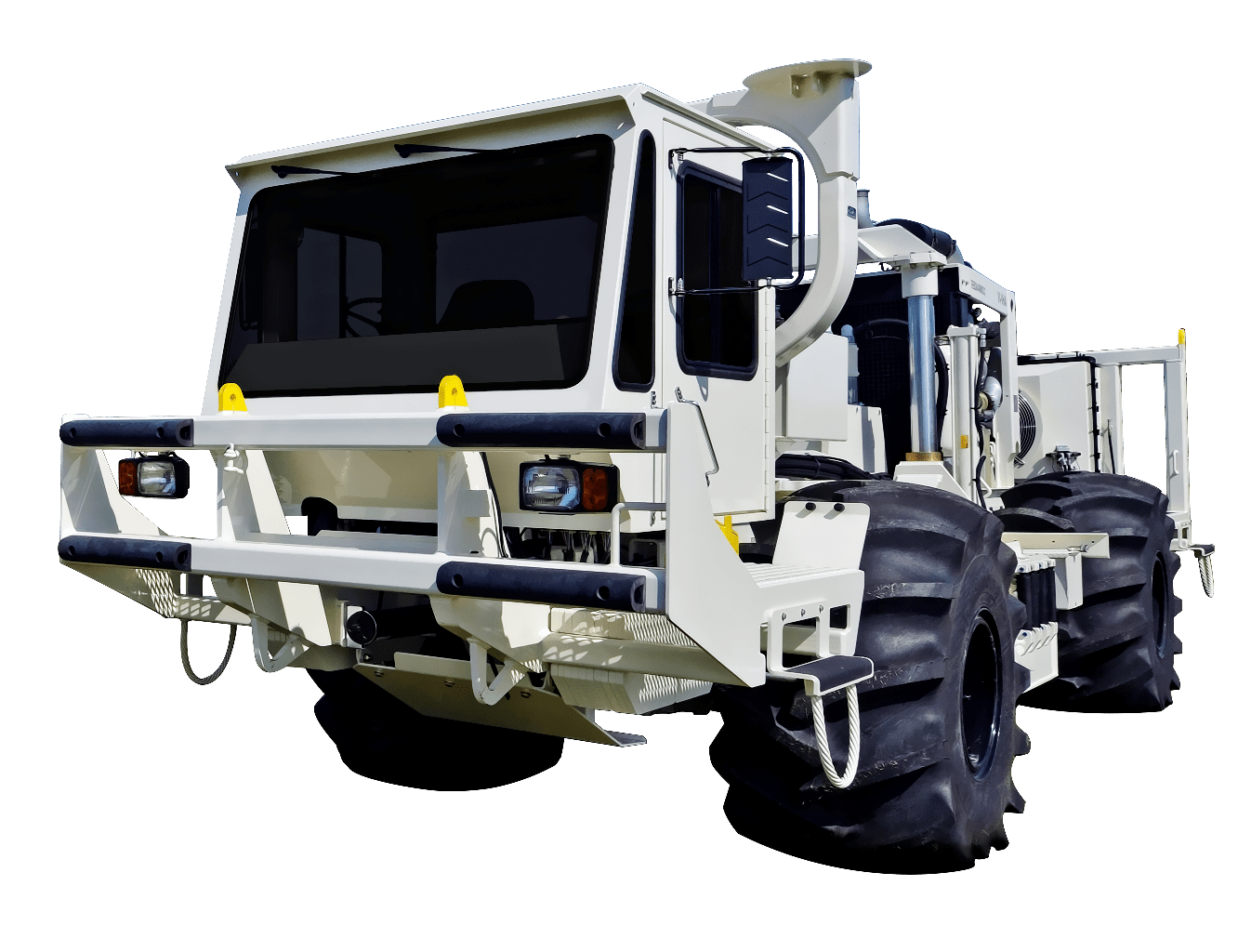

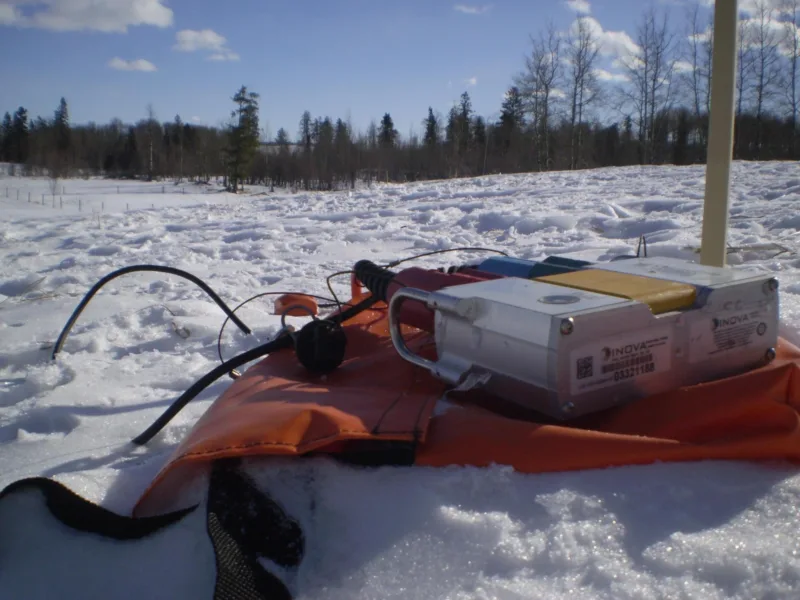
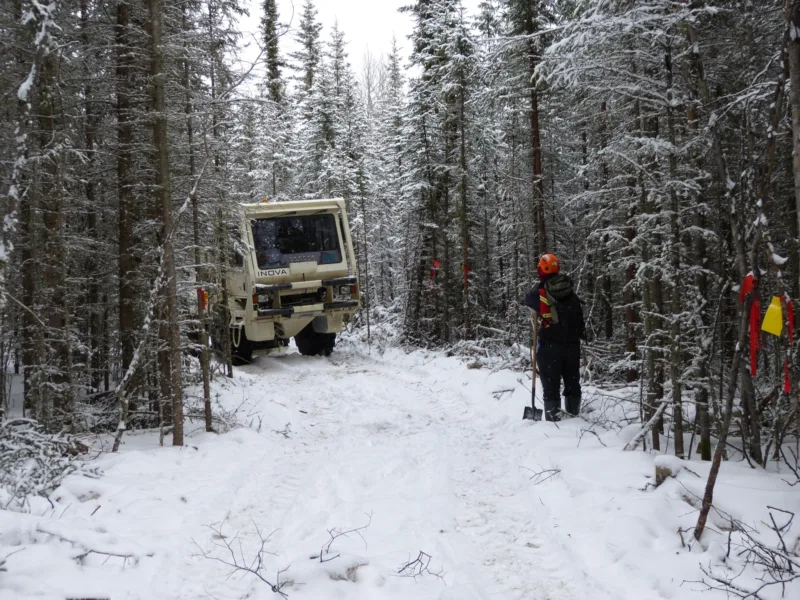
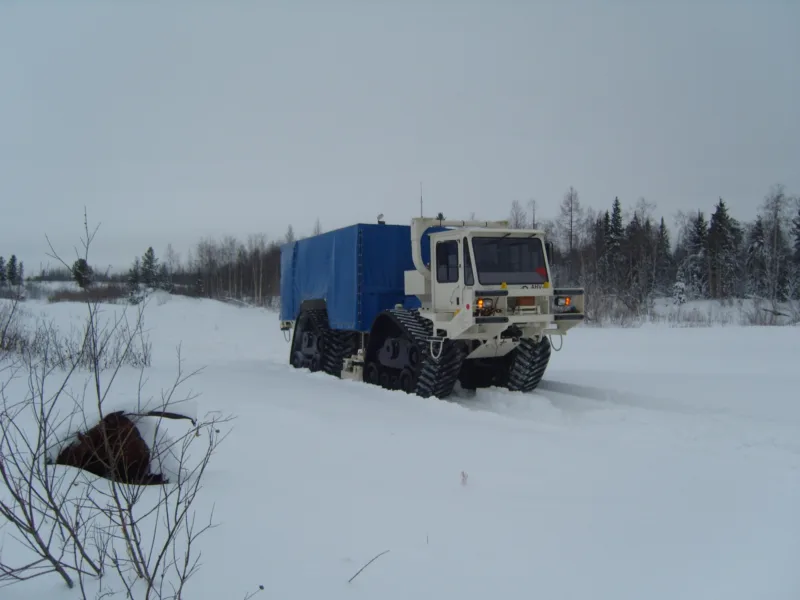
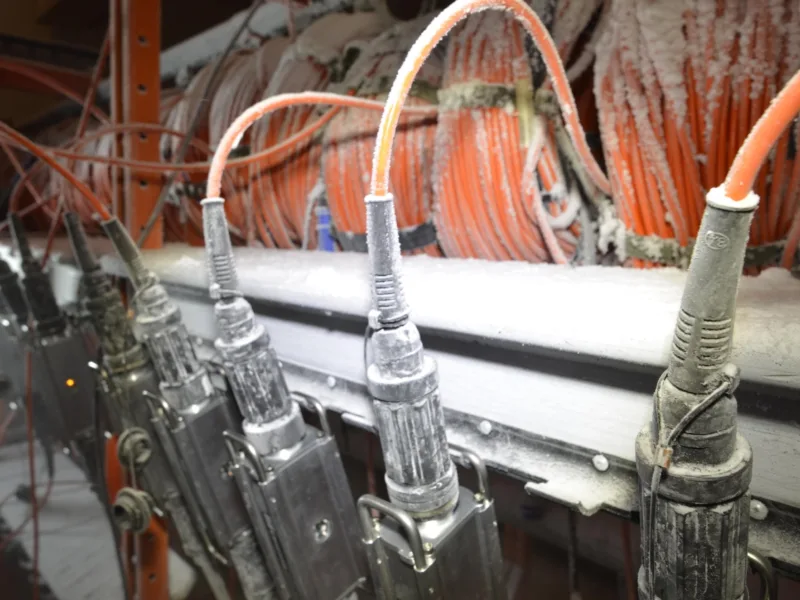
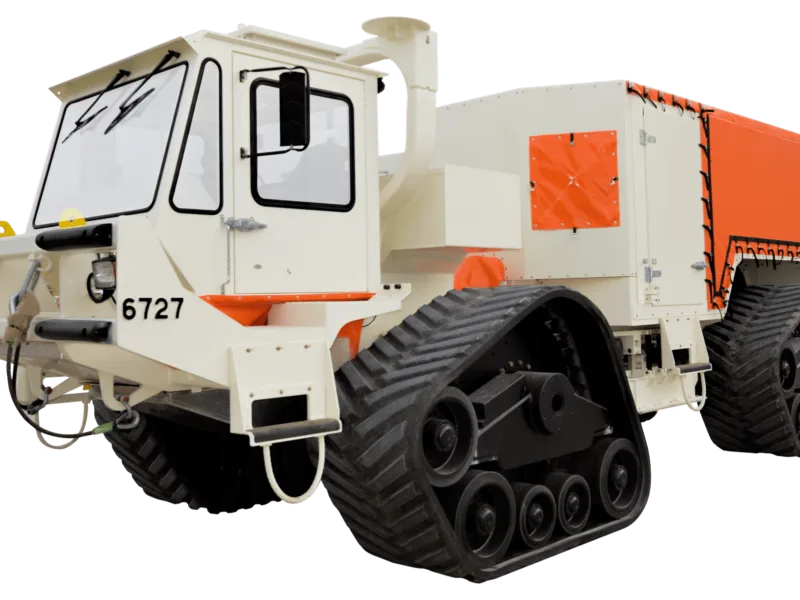
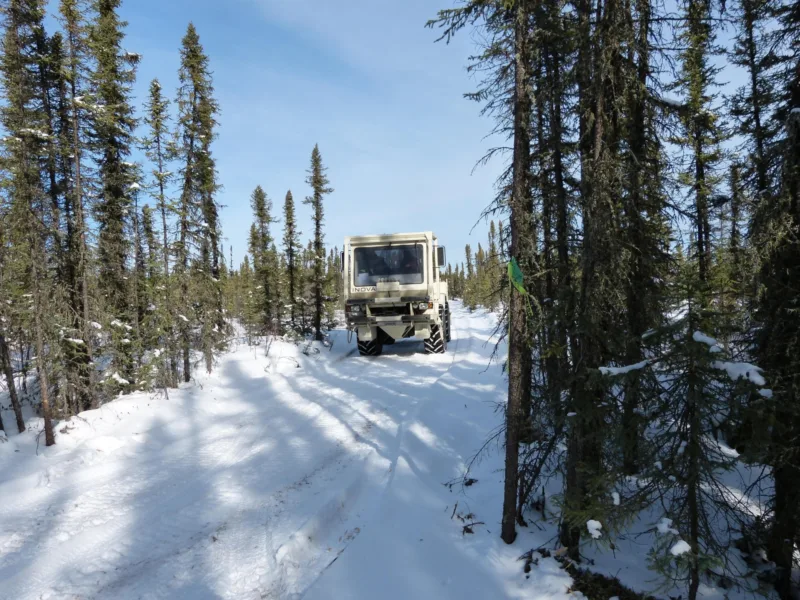
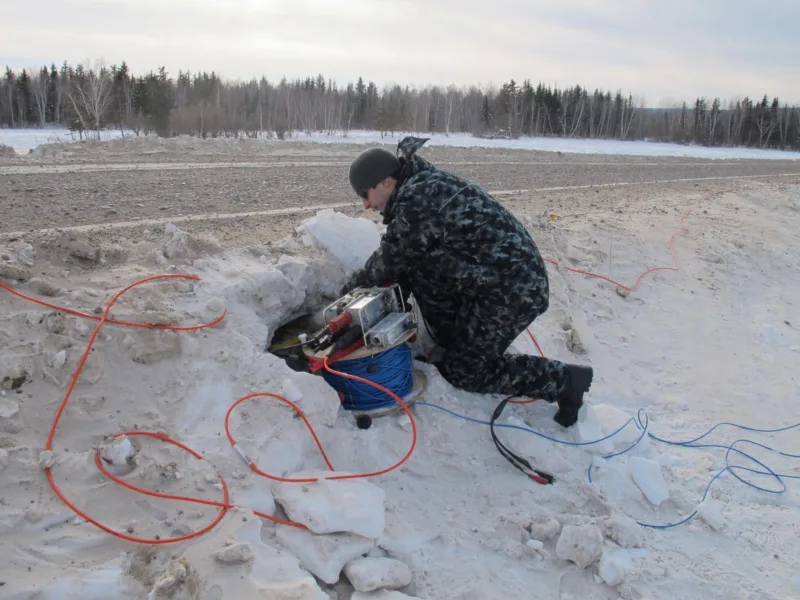
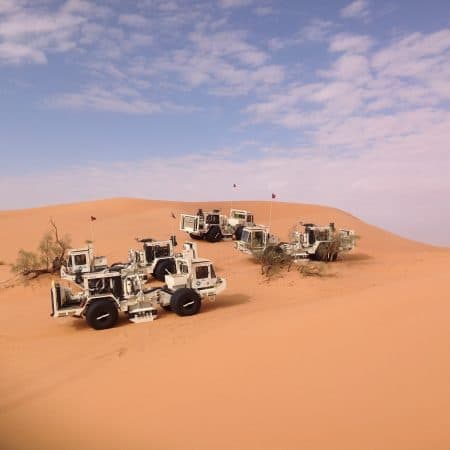
.JPG)